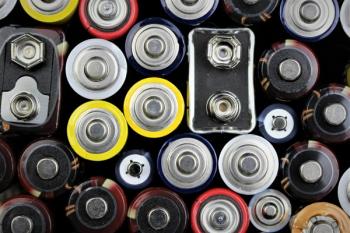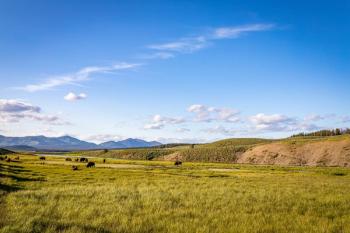Key Points
- Drone-mounted near-infrared imaging system detects methane leaks in real-time from up to 13.6 meters away.
- Uses tunable diode lasers and SWIR cameras to visualize methane based on absorption spectra.
- Tested successfully on varied surfaces like metal, pavement, and grass for pipeline inspection use.
- The system improves safety, accuracy, and automation of methane leak detection from airborne platforms.
Detecting the Undetectable
Methane leaks pose serious environmental and safety risks, yet current detection tools often fall short in identifying exact sources quickly and safely. A new study published in Scientific Reports offers a solution: a compact, drone-mounted methane imaging system capable of real-time leak detection from the air. Developed by physicists at the University of Glasgow and the University of Strathclyde, the device utilizes tunable laser diodes and infrared imaging to visualize invisible methane gas clouds during flight (1).
Lead authors Angus G. MacGruer, Steven D. Johnson, Simon P. Mekhail, Kyle J. Nutt, Miles J. Padgett, and Graham M. Gibson engineered and tested the new system, which represents a leap forward in field-ready, spectroscopically-based methane monitoring (1).
Spectroscopy Takes Flight
At the core of the system is a spectroscopic technique that uses tunable near-infrared (NIR) diode lasers emitting at a methane absorption line (1653 nm). The diodes alternate between on- and off-resonance conditions, effectively illuminating a scene with light that methane either strongly absorbs or does not. When this light is back-scattered and captured by an infrared InGaAs camera, subtracting the on- and off-resonance images reveals a clear image of the methane distribution (1).
By using shortwave infrared (SWIR) cameras and laser diodes tuned to methane’s unique spectral signature at 1653.2 nm, the system delivers precise visualization of gas leaks. The team used Eblana Photonics EP1653-7-DM-TP39-01 diodes with temperature and current control, ensuring spectral accuracy. A Goldeye G-008 indium gallium arsenide (InGaAs) short-wavelength infrared (SWIR) camera and specialized optics enhanced the resolution and minimized interference from ambient light (1).
To improve clarity, a narrow band-pass filter centered on the methane absorption band (FWHM 18.8 nm) was added, reducing background noise. A cold mirror and engineered diffusers further optimized signal return (1).
Ready for the Real World
Unlike traditional methane sensors that work at single points or require thermal imaging with passive filters, this system produces real-time gas distribution images. It also overcomes one of the main challenges faced by other aerial imaging tools: motion artifacts from drone vibrations. Researchers implemented image-processing algorithms and used stabilizing mounts to reduce parallax and vibration-induced noise, enabling effective gas tracking even in midair (1,2).
The self-contained unit includes a Lattepanda Alpha mini-PC, touchscreen, rechargeable lithium-ion battery, and visible camera for alignment—all housed in a lightweight enclosure made with 3D-printed parts and laser-cut acrylic (1).
Real-world testing showed the system could detect methane concentrations of 5000 ppm·m (parts per million multiplied by meters) at distances up to 13.6 meters. It performed reliably across a wide range of surface types—from pavement and grass to metallic pipeline surfaces, validating its robustness for field deployment (1).
A Safer Future for Pipeline Inspections
Mounting the system on a drone not only expands coverage area but also increases operator safety. Methane’s flammability makes ground-based inspections risky, and the ability to fly drones over pipelines reduces exposure. Moreover, drone swarms or pre-programmed flight paths could enhance inspection efficiency across sprawling infrastructure networks (1).
While challenges remain—such as short drone battery life and potential interference from rotor downwash—the researchers mitigated many issues by angling sensors forward and incorporating motion compensation (1).
Looking ahead, the team plans to improve performance under direct sunlight, broadening the device’s utility for both rural and urban settings (1).
References
(1) MacGruer, A. G.; Johnson, S. D.; Mekhail, S. P.; Nutt, K. J.; Padgett, M. J.; Gibson, G. M. Characterising the Performance of a Drone-Mounted Real-Time Methane Imaging System. Sci. Rep. 2025, 15 (1), 8787. DOI: 10.1038/s41598-025-93186-z
(2) Tassielli, G.; Cananà, L.; Spalatro, M. Detection of Methane Leaks via a Drone-Based System for Sustainable Landfills and Oil and Gas Facilities: Effect of Different Variables on the Background-Noise Measurement. Sustainability 2024, 16 (17). https://hdl.handle.net/11586/515443 (accessed 2025-07-01).






